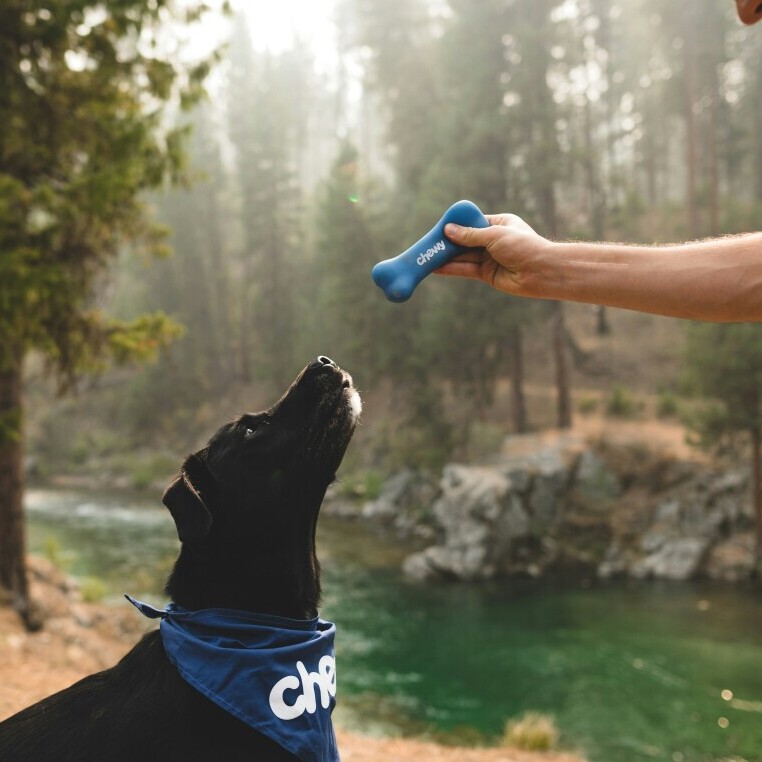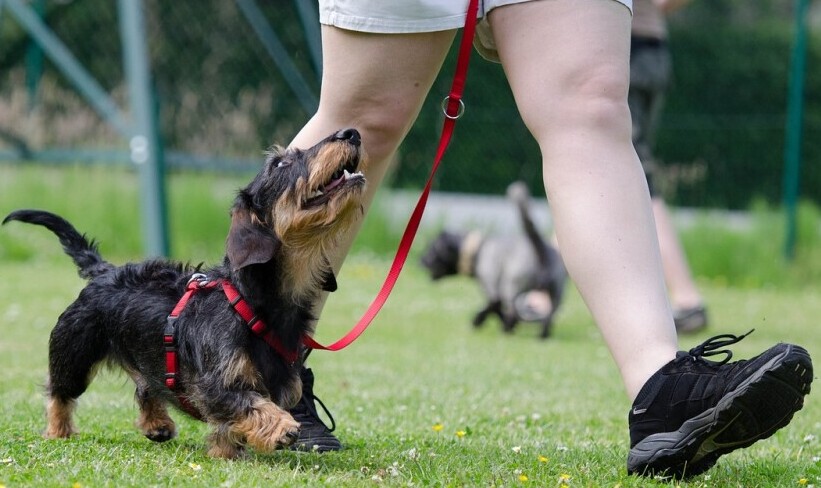Clicker training is a positive reinforcement technique widely embraced by pet trainers and parents alike. This method uses a small device that makes a clicking sound to mark desired behaviors. Once the behavior is marked, a treat follows, reinforcing the action. Simple enough, right?
The roots of clicker training can be traced back to the 1940s. Marine mammal trainer Karen Pryor brought it to the pet training realm in the 1980s. Since then, it’s changed the game for dog and cat training by focusing on rewards rather than punishments.
One of the biggest perks of clicker training is its clarity. Pets learn quickly what actions get them treats, making training sessions effective and fun. Not only does this build your pet’s skills, but it also strengthens your bond. Who doesn’t want that?
There’s some misinformation floating around about clicker training. Some folks think it’s only for dogs or that it’s time-consuming. The truth? It’s suitable for cats too and can fit into any busy schedule. The key lies in short, consistent sessions.
Ready to gear up? Here’s what you’ll need: a clicker, some tasty treats, and a bit of patience. While you can find clickers at most pet stores, there are also apps that simulate the sound if you’re in a pinch. And remember, the treats should be something your pet loves. The more attractive the reward, the better the response.
Implementing Clicker Training Techniques
The first step in clicker training is conditioning your pet to the clicker. This means making your cat or dog associate the clicking sound with receiving a treat. Start by clicking the device and immediately giving a treat. Repeat this several times until it’s clear your pet expects a treat when they hear the click.
Once your pet understands the click equals a treat, you can start teaching basic commands. For dogs, ‘sit’, ‘stay’, and ‘come’ are great starters. For cats, aim for ‘sit’ or ‘high five’. The key here is to click the moment they complete the expected action, then follow with a treat. Consistency in timing is crucial because it helps your pet link the click to the specific behavior you’re rewarding.
Behavior modification is another win for clicker training. Whether your dog jumps on guests (yikes) or your cat scratches the furniture, clicker training can help fix these issues. Observe their behavior, click at desirable moments (like when your dog has all four paws on the ground), and then give a treat. Over time, they’ll catch on and exhibit the desired behavior more often.
Feeling ambitious? You can take clicker training to the next level by teaching advanced tricks. Think fetch for dogs or even agility courses. Cats might enjoy learning to navigate a maze or even giving a ‘high-five’. The core principles remain the same: click to mark the desired action and follow with a reward.
Being consistent and patient goes a long way. Clicker training isn’t a race. It’s all about small steps and celebrating tiny victories. Record your pet’s progress and stick to a routine. If you’re having an off day, it’s better to skip a session rather than risk inconsistent training. Remember, your mood affects your pet too.
Overcoming Challenges and Ensuring Success
Training isn’t always smooth sailing. Sometimes, you’ll hit a few bumps on the road. Common challenges include your pet not responding to the clicker, losing interest, or even plateauing after a while. Don’t worry – it’s all part of the process. Start by reassessing your timing and the reward you’re offering. Instead of kibble, try high-value treats like chicken or cheese for dogs and bits of tuna for cats.
Each pet is unique, and what works for one might not work for another. If your dog doesn’t seem interested in sitting on command, consider their environment. Maybe there are too many distractions. With cats, the same principle applies – they might need a quieter space or a different type of motivator.
Timing is everything. The precision of your click reinforces learning. If you miss the moment, it can send a mixed message. Practicing with friends or a stuffed animal before working with your pet can improve your skills. It’s like tuning an instrument – practice makes perfect.
Measure progress by tracking the behaviors you’re working on. Use a journal or an app to note successes and areas that need more work. Celebrate the little victories. A round of applause or a fun play session can be great non-food rewards that boost morale for both you and your pet.
There’s always more to learn. The internet is filled with resources – videos, forums, and articles from professional trainers. Books by Karen Pryor and other experts offer in-depth guidance. If you’re having persistent issues, consulting a certified trainer can provide personalized advice.
With patience and commitment, clicker training can transform your relationship with your furry friend. It’s about celebrating progress, understanding your pet, and building trust every step of the way.

